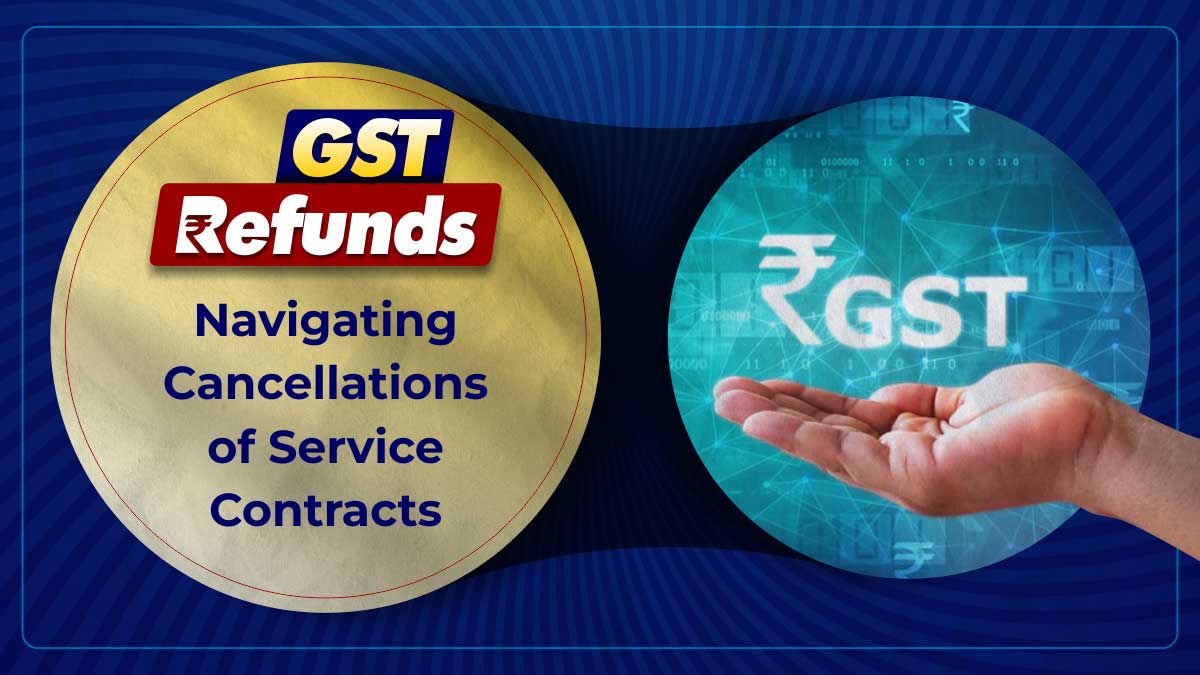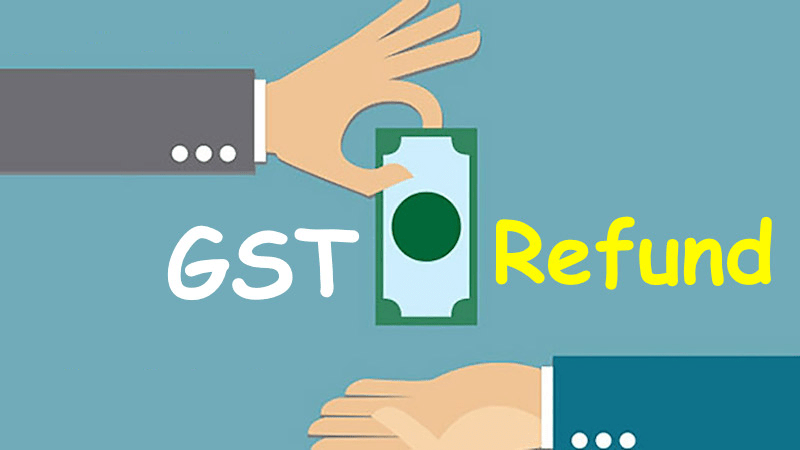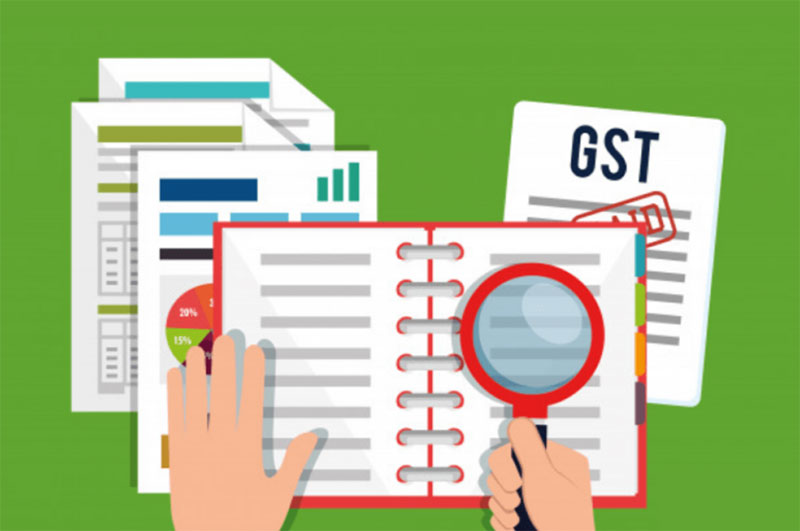
The transition from old regime of service tax to GST has come with many challenges and one of them has been the taxation treatment for cancelled service contracts. Post numerous cases and representations the department has issued a circular in this regard. In this article we will discuss this circular in detail and show how GST refunds can be claimed for cancelled contracts.
Understanding GST Refunds for Cancelled Contracts
Under the previous tax regime, customers had no time restrictions for canceling service contracts and could request refunds, including the service tax, from the provider. However, the introduction of GST brought new restrictions, limiting suppliers to issuing credit notes only until November 30 of the following financial year. This means that cancellations after this date could result in GST becoming a cost to the customer.
To address this, the government issued Circular No. 188/20/2022 dated December 27, 2022. This circular introduces a process for unregistered persons to claim GST refunds for specific canceled services, offering a much-needed solution to this issue.
Eligibility for GST Refunds
This circular covers two types of transactions involving contracts or agreements for the provision of services:

Eligibility for GST Refunds
This circular covers two types of transactions involving contracts or agreements for the provision of services:
- Cancellation of Flat / Building
Unregistered buyers who have entered into agreements with builders for constructing flats or offices and have paid GST can claim refunds if they cancel the agreement due to non-completion, delays, or other reasons. This refund mechanism ensures that customers are not financially penalized for delays or failures in service delivery.
- Termination of Long-term Insurance Policy
Policyholders who have paid the entire premium upfront along with GST and need to terminate the policy prematurely are eligible for a refund. This provision ensures that customers are not left bearing the tax burden for services they no longer wish to avail themselves of.
Step-by-Step Refund Process for Unregistered Persons
Step 1: Obtain Temporary Registration
Unregistered persons must obtain a temporary registration on the GST portal using their PAN. They should select the same state or UT where the supplier is registered. After registration, Aadhaar authentication is required, followed by entering the bank account details where the refund will be credited.
Step 2: File the Refund Application
File the refund application in FORM GST RFD-01 under the category ‘Refund for unregistered person’. Include the following documents:
- Invoice raised by the supplier
- Details in Statement 8 as per rule 89(2)(ka) of the CGST Rules
- Proof of payment to the supplier (receipt, bank statement abstract)
- Copy of the agreement/contract with the supplier
- Proof of cancellation (letter from the supplier or termination agreement)
- Proof of payment received from the supplier (refund voucher, bank statement abstract)
- Certificate from the supplier confirming tax payment and no credit note or refund claims
- Declaration that the tax incidence has not been passed to any other person if the refund amount is under two lakh rupees
Separate applications are required for invoices from different suppliers. If suppliers are registered in different states, temporary registration must be obtained in each state.
Credit Note Issuance and Filing Deadlines
- Issuing Credit Notes
If the time for issuing a credit note has not expired (30th November of the next financial year), the supplier can issue a credit note. In such cases, the supplier can refund the GST, eliminating the need for the unregistered person to file a refund claim.
- Filing Deadlines for Refunds
Refunds must be filed within two years of receiving the service. For long-term agreements like construction or insurance policies, the cancellation date by the supplier is considered the date of service receipt. Therefore, refunds should be claimed within two years from this cancellation date.
Refund Processing and Considerations

The processing officer will scrutinize the application for completeness and eligibility. A refund sanction or rejection order will be issued in FORM GST RFD-06 and uploaded to the GST portal. Refunds will be proportional if the amount refunded by the supplier is less than the amount paid by the unregistered person. Refund applications for GST amounts below Rs 1000 will be rejected.
Addressing Unanswered Questions
The circular specifically states that it applies to refunds for unregistered recipients in only two types of supplies: construction of flats/buildings and long-term insurance. Can the department argue that this circular does not apply to the supply of all services? In my opinion, the legal principles established by this circular extend to all types of transactions where the recipient did not receive the supply as contracted. Therefore, the implications of this circular should not be limited to just two types of supplies.
Secondly, the circular only addresses refunds to unregistered persons. What if a registered company in the business of selling toys booked an office unit and later canceled the booking? Would it be eligible for a refund, and would this circular be applicable? In my view, even though the circular discusses refunds for unregistered persons, the legal concept should also apply to registered persons. They can file for a refund under the ‘Others’ category rather than the ‘Unregistered’ category.
Conclusion
This circular provides a structured approach for unregistered persons to claim GST refunds on canceled services. However, clarity from the GST Council on these issues would help prevent potential litigation and ensure smooth implementation for all affected parties and not limit its application to real estate or insurance related services only. Understanding the nuances of this process is crucial for both suppliers and customers to navigate the complexities of GST refunds effectively.
